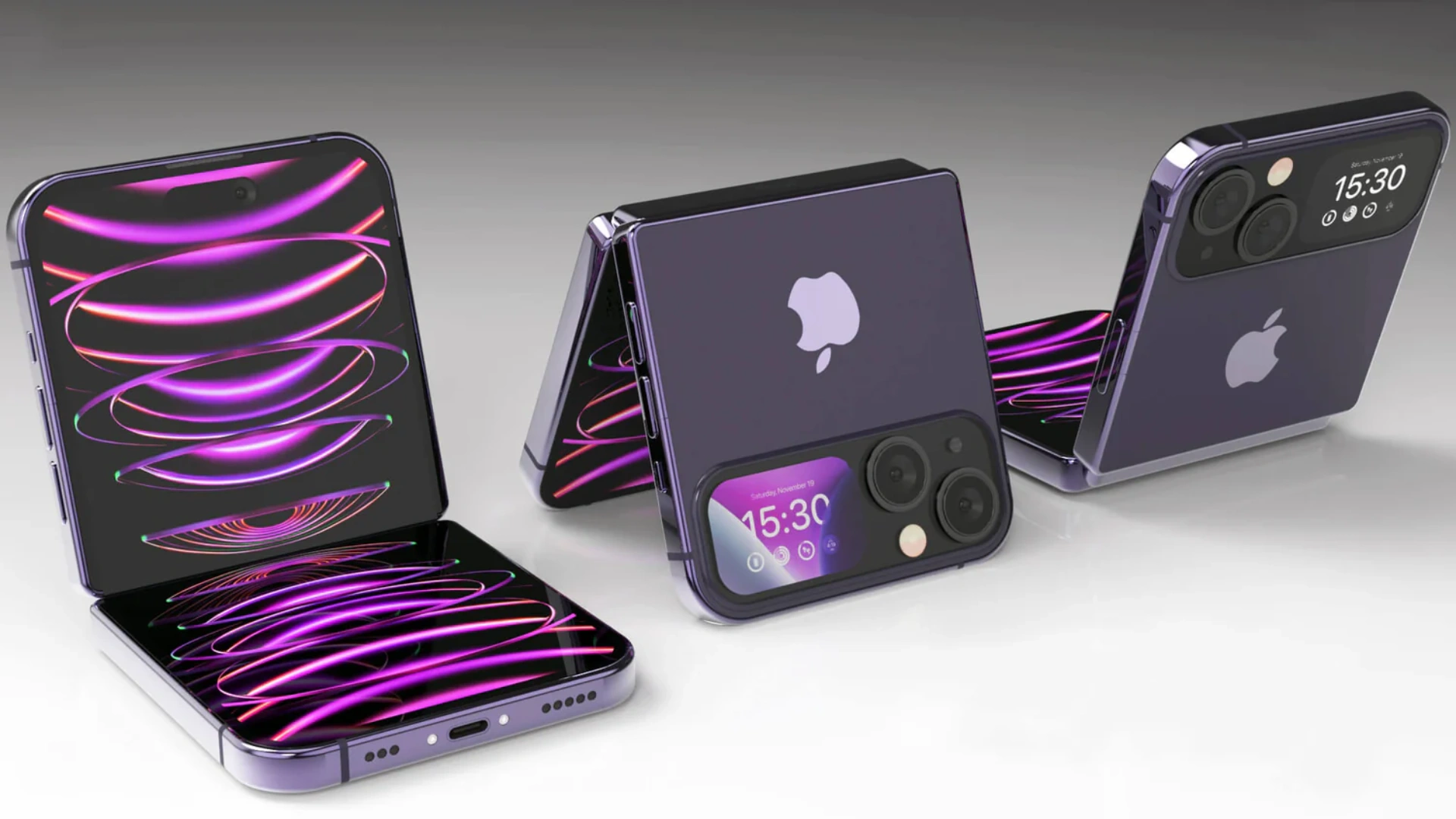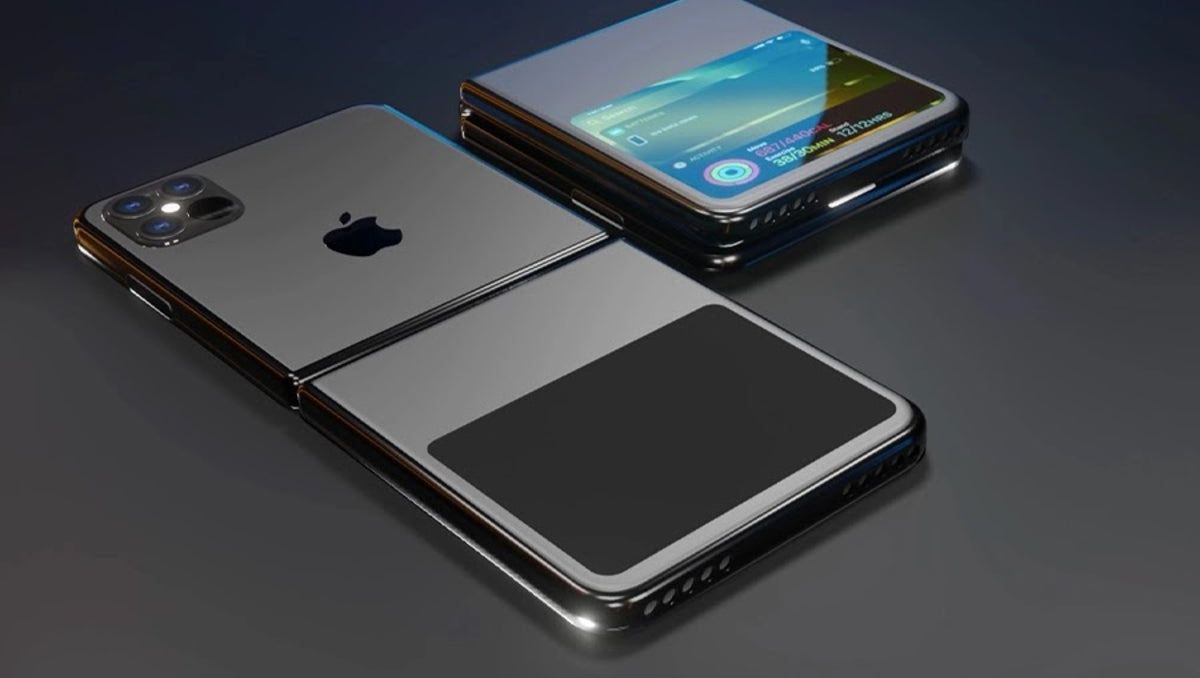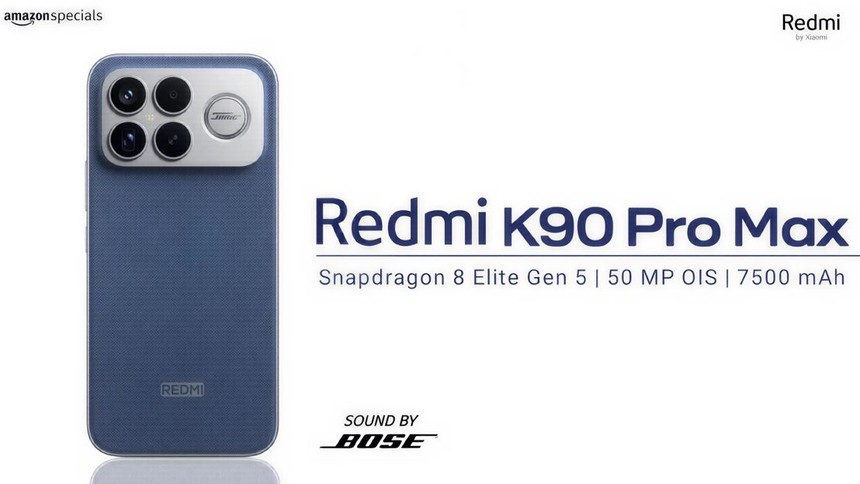Apple has finally entered the prototype stage for its long anticipated foldable iPhone, setting the stage for what could be its most significant hardware shift since the introduction of the iPhone X. While the company has kept silent on any official announcement, sources suggest the first foldable model may arrive in the second half of 2026, following a rigorous development and testing cycle throughout 2025.
The initial development stage, called P1 or Prototype 1, reportedly began in June 2025. This marks the start of a multi phase testing process that will likely progress through two more prototype stages before moving to the Engineering Verification Test phase. Apple typically takes about two months per prototype stage, meaning the device may complete its early development by late 2025. Once EVT concludes, Apple will work with its key production partners such as Foxconn and Pegatron to begin trial production runs, eventually scaling to full manufacturing by mid 2026.
According to industry sources, Apple is currently planning an initial production estimate of around 7 million units for the foldable iPhone. However, this number could be adjusted based on consumer demand and the results of early production testing. If successful, Apple would be entering a competitive foldable market currently led by Samsung’s Galaxy Z Fold series and challenged by Pixel Fold and Chinese brands like Huawei and Oppo.
Reports also suggest that Apple had been exploring a foldable iPad variant alongside the iPhone but has temporarily paused the project. Sources point to challenges in developing a reliable large scale foldable display, high production costs, and lack of clear market demand for larger foldable devices as reasons behind this decision. Apple is known for prioritizing refinement and stability before entering new form factor categories, and it appears the foldable iPad may require more time to meet the company’s standards.
The foldable iPhone is expected to feature a 7.8 inch inner display and a 5.5 inch external cover screen. It may use a liquid metal hinge for enhanced durability and could include a side mounted Touch ID sensor. When folded, the phone is said to be about 9.2mm thick, reducing to 4.6mm when unfolded, placing it in line with current premium foldables in the market. Early pricing estimates suggest a cost of approximately 2300 US dollars, or nearly 2 lakh rupees in India, indicating its place as a top tier flagship device.
Apple’s entry into the foldable segment could redefine the product category, especially with its reputation for premium design, tight hardware software integration, and loyal customer base. As more details surface, all eyes will be on how the company positions the foldable iPhone within its broader ecosystem and whether it sparks a new wave of innovation in mobile devices.
Follow Tech Moves on Instagram and Facebook for all the latest updates on foldable tech and Apple’s next big leap.










